Wildlife reintroduction programs have played a vital role in bringing species back from the brink of extinction. These efforts, often spanning decades, are testaments to the resilience of nature when given a second chance. Each program focuses on restoring a specific species to its natural habitat, where it can thrive once more. Let’s explore some of the most successful wildlife reintroduction programs in history.
Gray Wolf (Yellowstone National Park, USA)
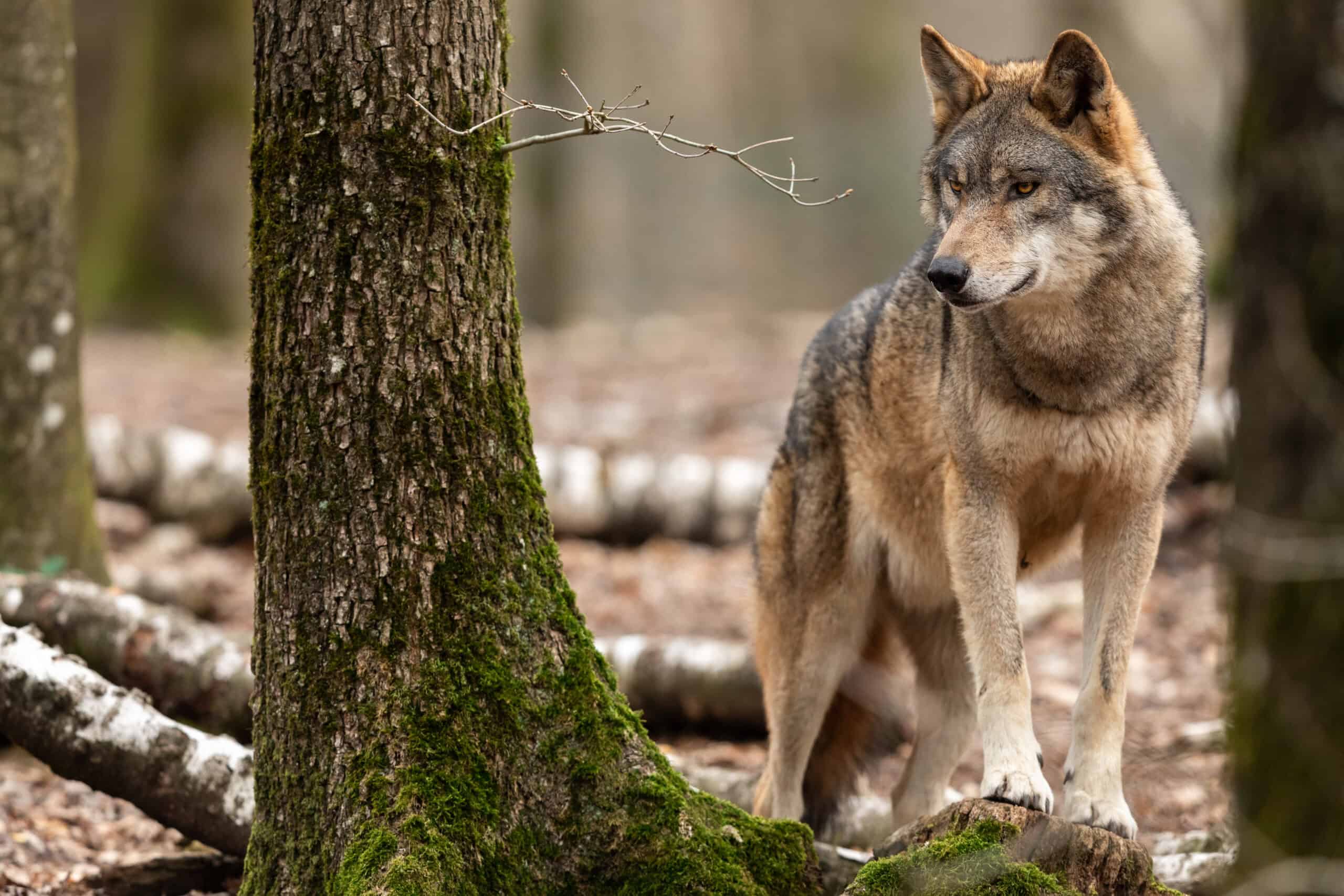
The reintroduction of the Gray Wolf to Yellowstone National Park in 1995 was groundbreaking. This predator was missing from the park for nearly 70 years, which led to ecological imbalances. When wolves returned, they began to control overpopulated elk herds. This change allowed vegetation to recover, benefiting many other species. The program is now a model for similar efforts worldwide.
California Condor (Southwestern USA)
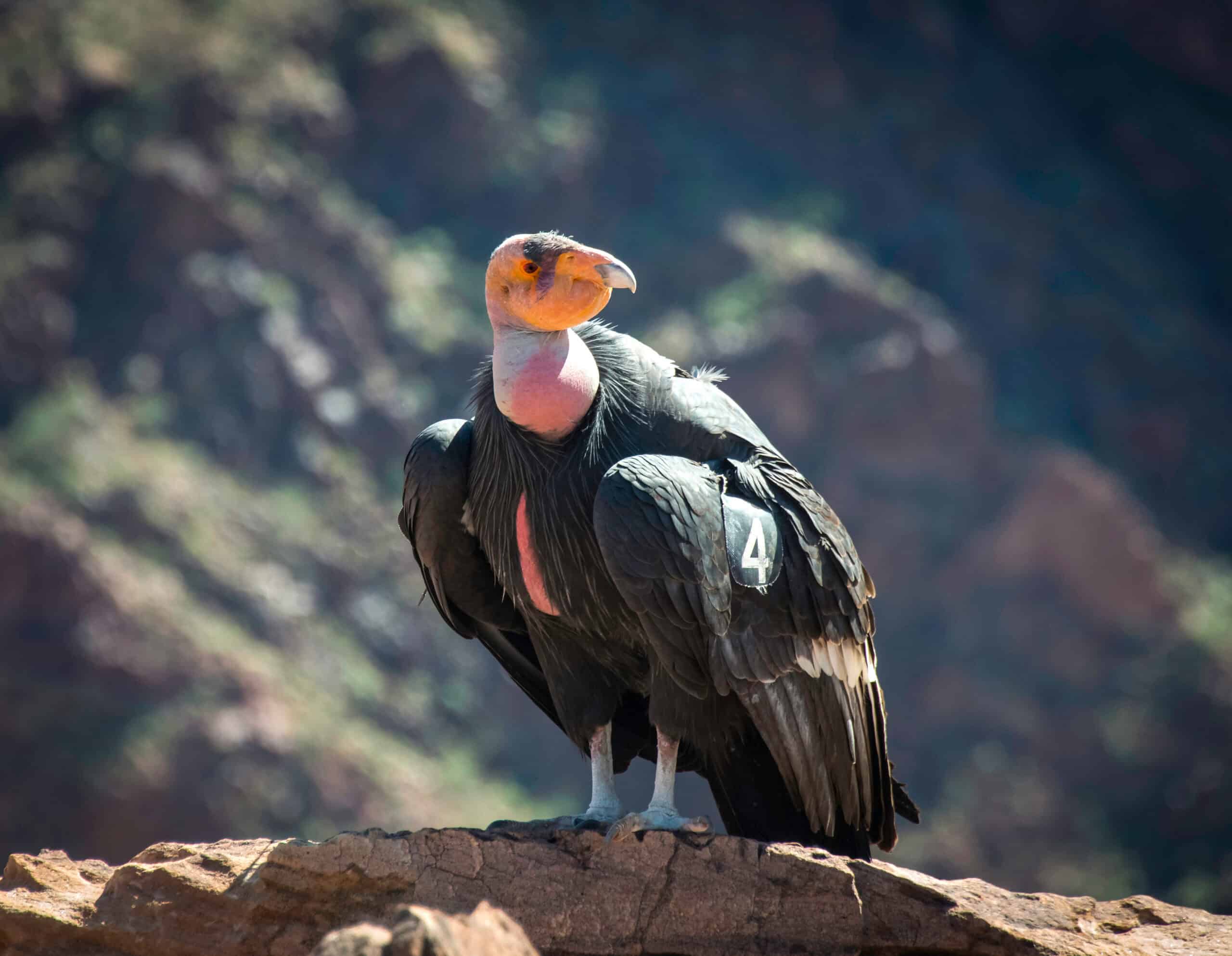
The California Condor reintroduction stands as one of the most ambitious conservation projects. In the 1980s, only 27 birds remained, leading to a captive breeding program. Releases began in the 1990s, focusing on Southwestern USA. These massive birds, with wingspans reaching 9.5 feet, are now slowly recovering in the wild. Their numbers continue to rise, with over 400 condors living today.
Arabian Oryx (Middle East)
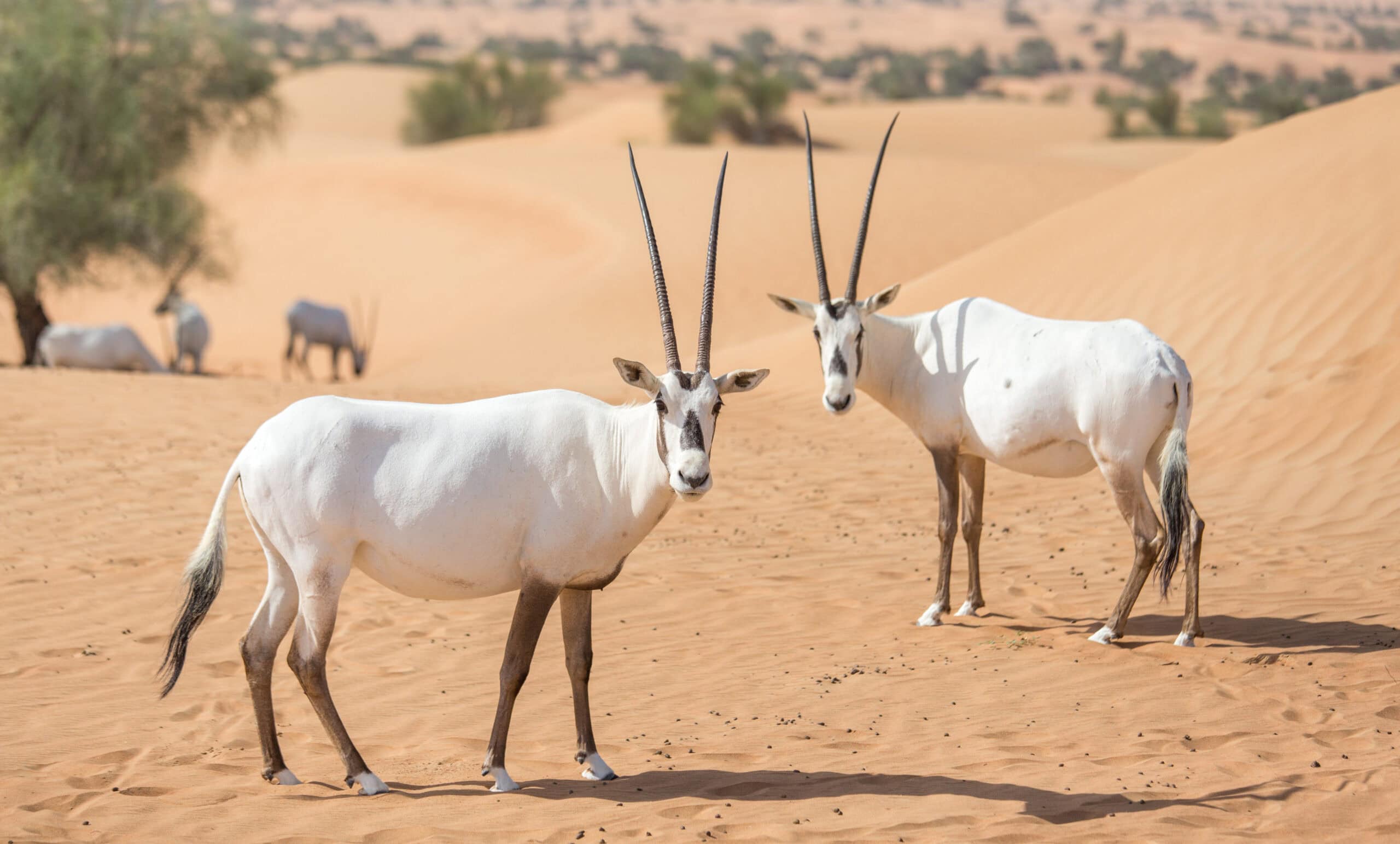
The Arabian Oryx, once extinct in the wild, has made a remarkable comeback. Conservationists captured the last remaining individuals in the 1960s to start a breeding program. Reintroduction began in the 1980s in Oman, Saudi Arabia, and other Middle Eastern countries. Today, these majestic antelopes roam freely once again. Their population has grown to over 1,000 in the wild.
Black-footed Ferret (Western USA)
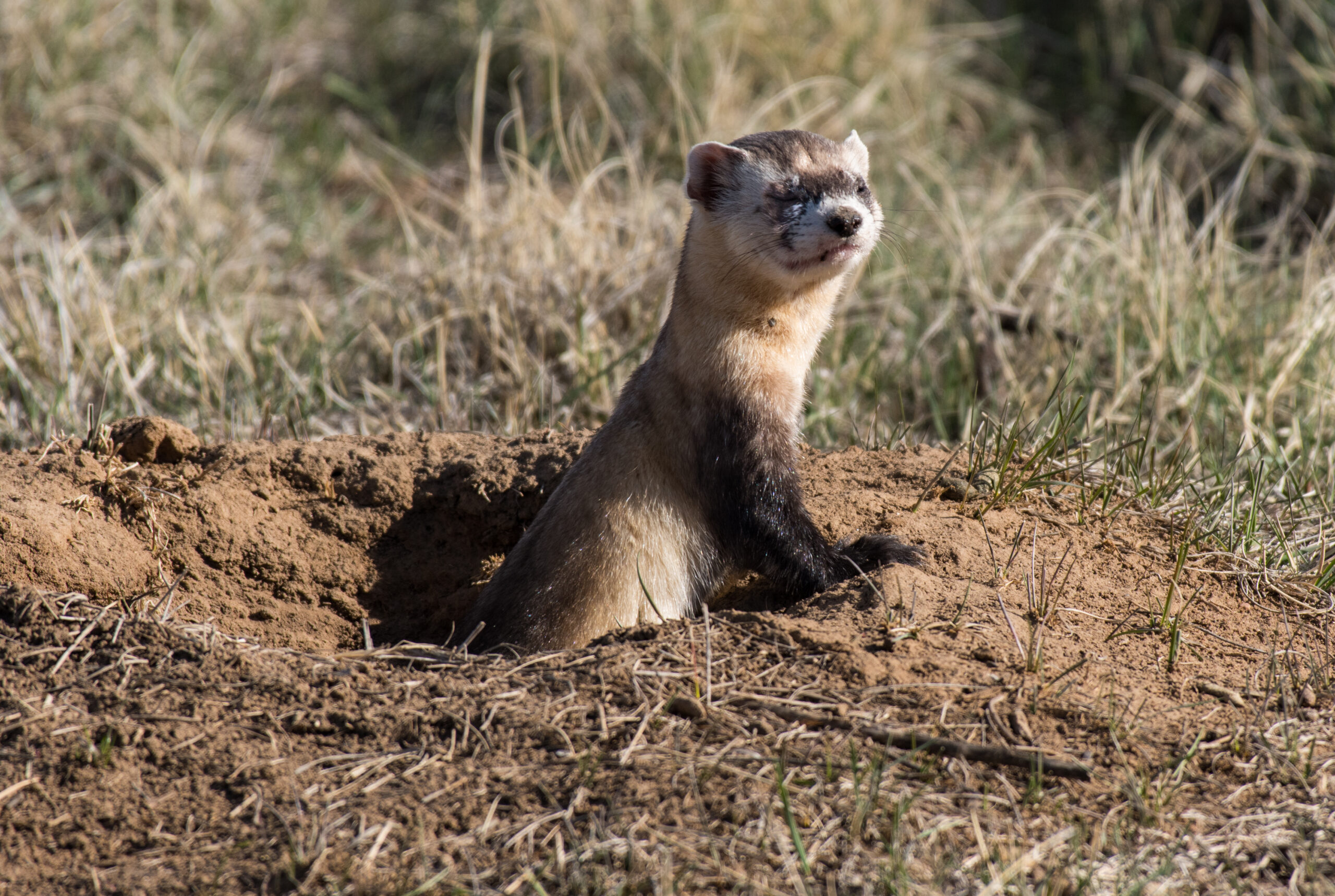
The Black-footed Ferret reintroduction program saved this species from the brink of extinction. In the 1980s, only 18 ferrets were known to exist, leading to their capture for breeding. Reintroduction began in the 1990s in Wyoming and other Western states. These nocturnal predators now thrive in grasslands where prairie dogs are abundant. Their population has increased to over 300 in the wild.
European Bison (Eastern Europe)
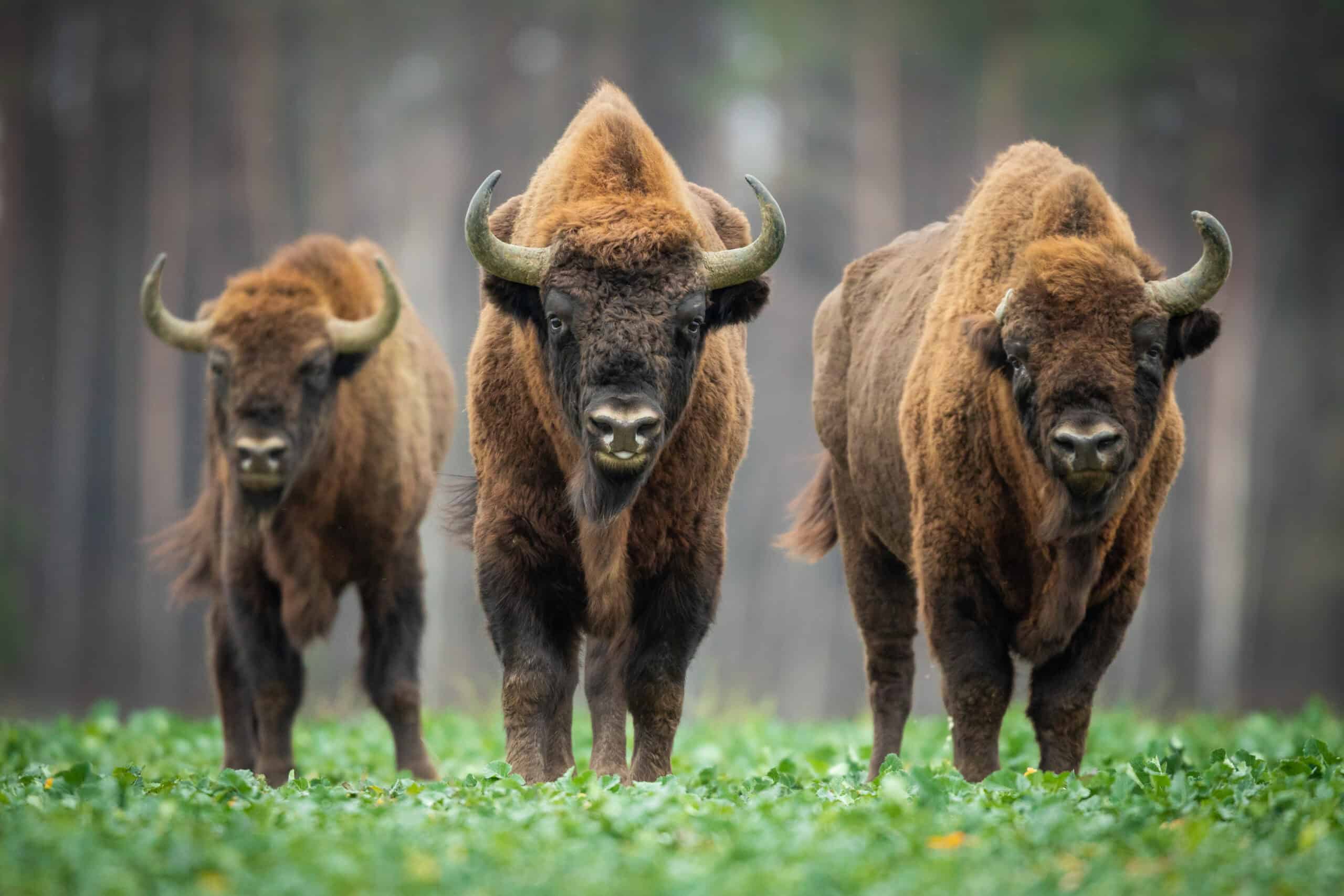
European Bison, or Wisent, were reintroduced to Eastern Europe after being hunted to extinction in the wild. In the early 20th century, only a few individuals survived in captivity. Conservationists began reintroducing them to Poland, Belarus, and other countries in the 1950s. These large herbivores now thrive in protected forests and reserves. Their numbers have grown to over 5,000 in the wild.
Golden Lion Tamarin (Brazil)
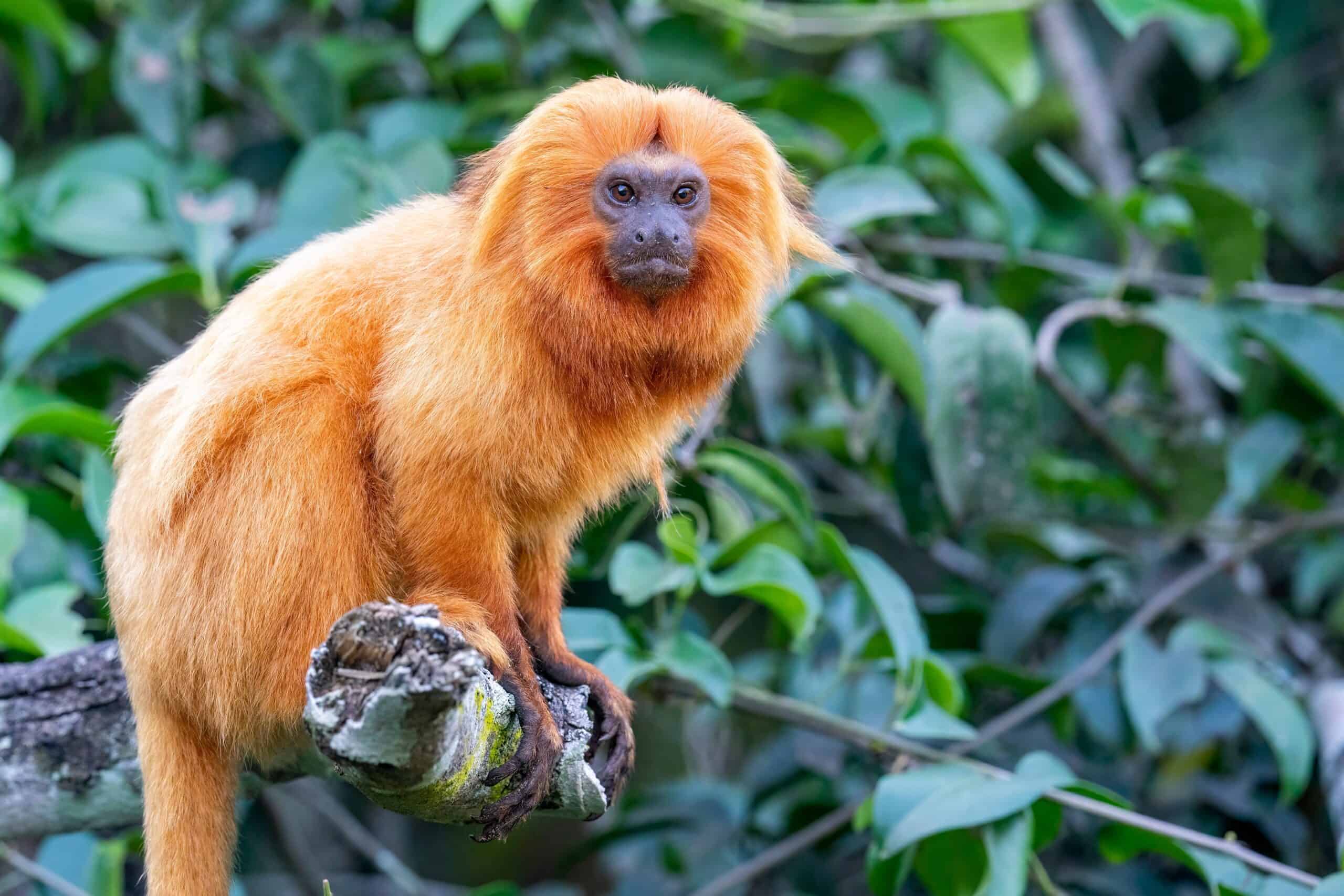
The Golden Lion Tamarin reintroduction program has been a success in Brazil’s Atlantic Forest. By the 1970s, habitat loss had reduced their population to just 200 individuals. Captive breeding and reintroduction efforts began in the 1980s. Today, more than 3,000 tamarins live in the wild. Conservation efforts continue to protect their habitat and support their survival.
Iberian Lynx (Spain and Portugal)
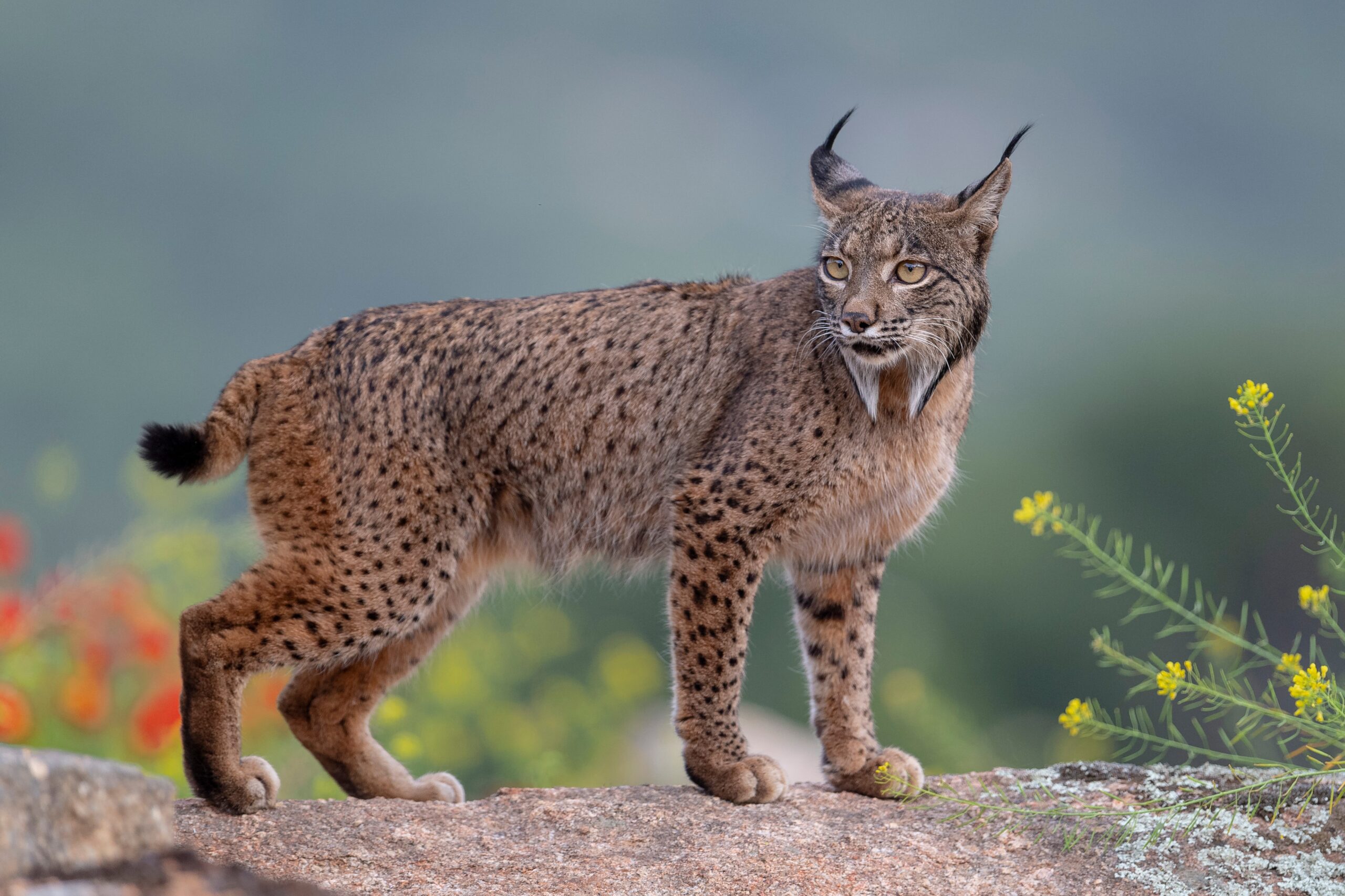
The Iberian Lynx reintroduction program is a remarkable success story. This species, once the world’s most endangered cat, saw its population drop to under 100 individuals in the early 2000s. Conservationists started breeding programs and reintroduced lynxes to their natural habitats in Spain and Portugal. These efforts have led to a population increase to over 400 lynxes. The species continues to thrive in carefully managed reserves.
Przewalski’s Horse (Mongolia)
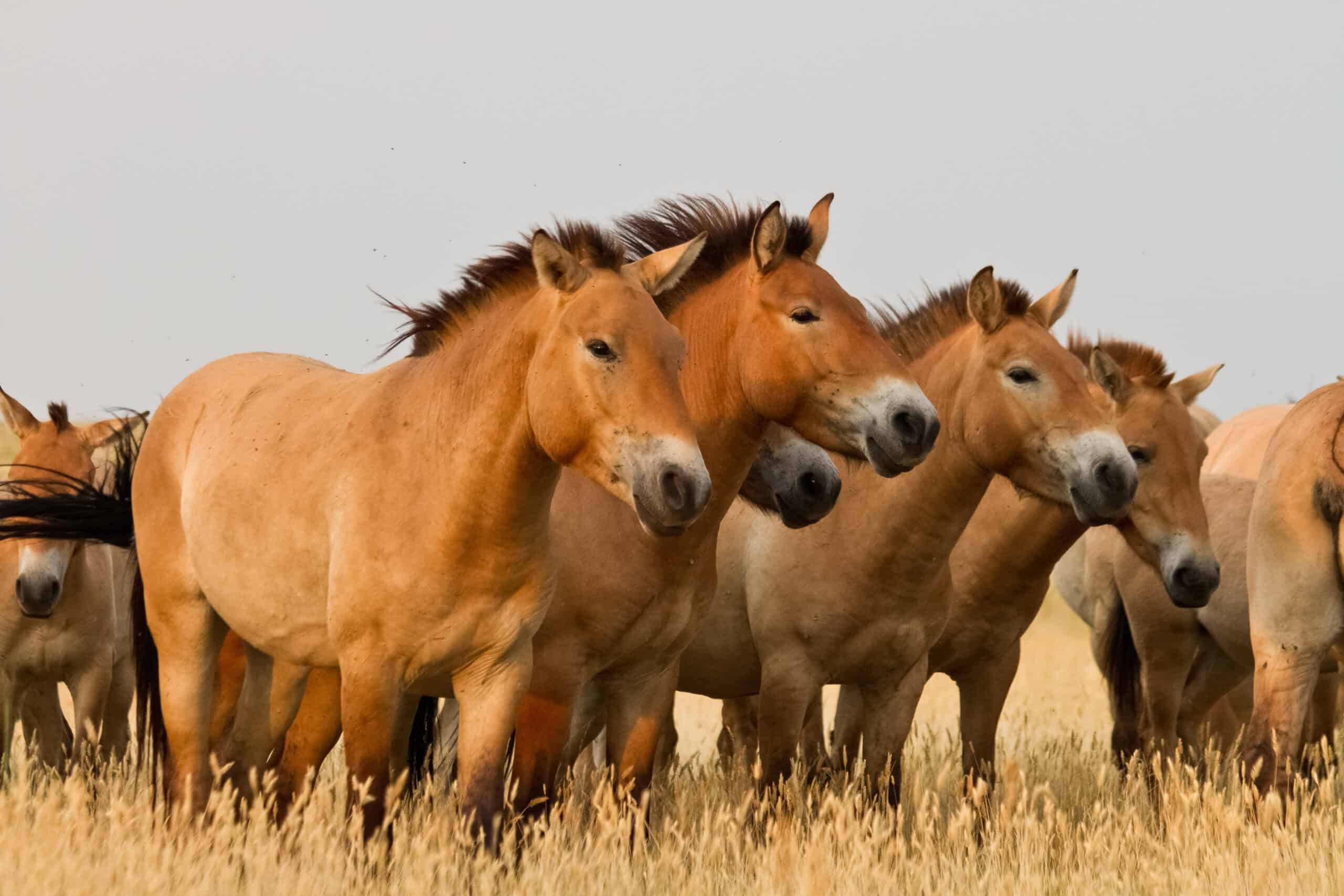
Przewalski’s Horse, the last truly wild horse species, was once extinct in the wild. In the 1960s, captive breeding began with a small population. Reintroduction efforts started in the 1990s in Mongolia’s steppes. These horses have since adapted well to their natural environment. Their population has now reached over 1,000, roaming freely in the wild once again.
Bearded Vulture (Alps, Europe)
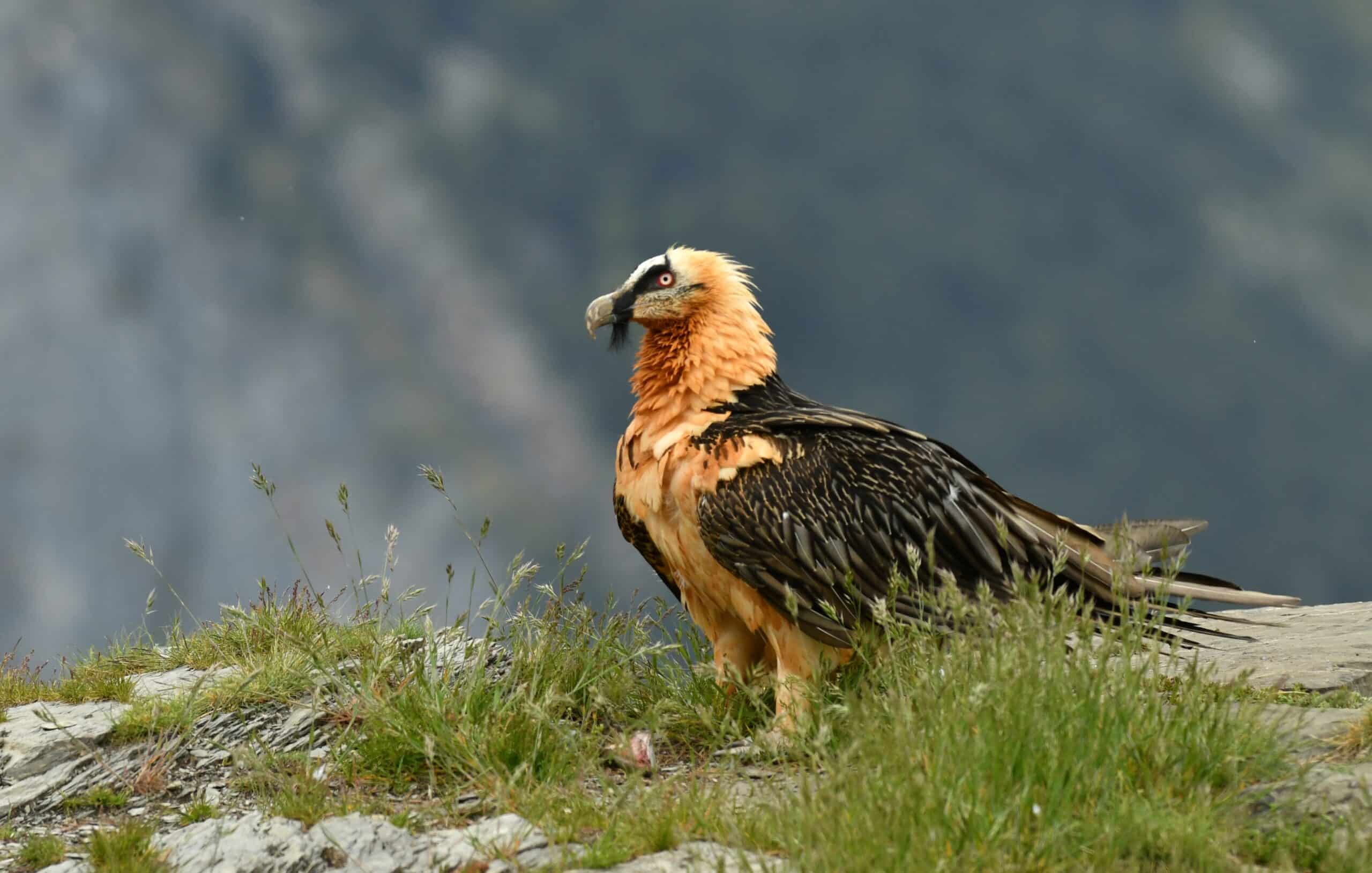
The Bearded Vulture, once extinct in the Alps, has made a dramatic return. In the early 20th century, hunting and poisoning wiped out this majestic bird. Reintroduction efforts began in the 1970s, with the first captive-bred vultures released in 1986. These efforts spanned several countries, including Switzerland, Austria, and France. Today, over 200 Bearded Vultures soar over the Alps, hunting for bones and helping maintain the ecosystem’s balance.
Hawaiian Goose (Nēnē, Hawaii)
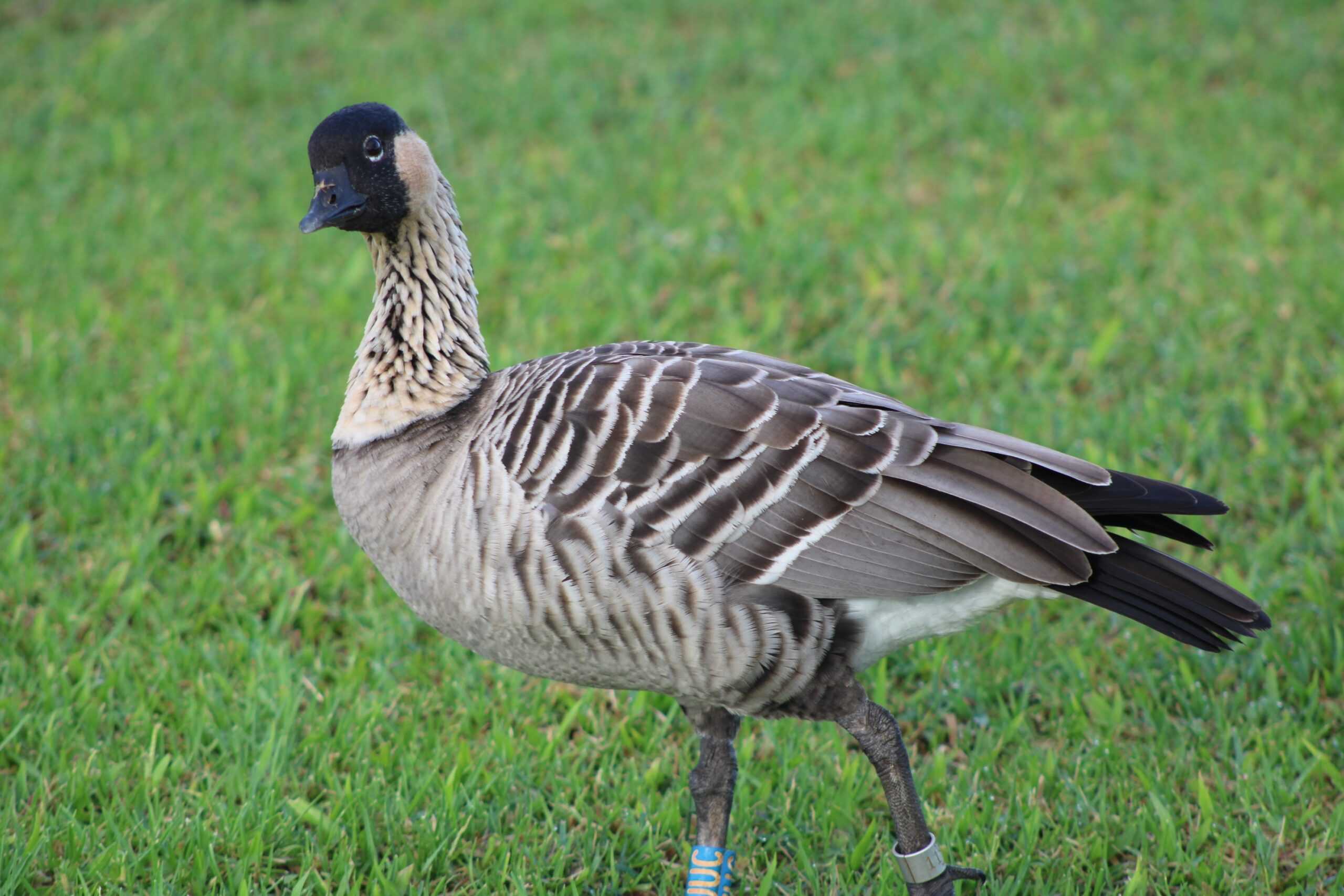
The Hawaiian Goose, known locally as Nēnē, is Hawaii’s state bird and a conservation success story. By the mid-20th century, fewer than 30 individuals remained due to hunting and habitat loss. A captive breeding program began in the 1940s, and reintroduction efforts followed. Today, the Nēnē population exceeds 3,000 birds. They now inhabit several Hawaiian islands, with continued efforts to protect their habitat ensuring their survival.
Red Kite (United Kingdom)
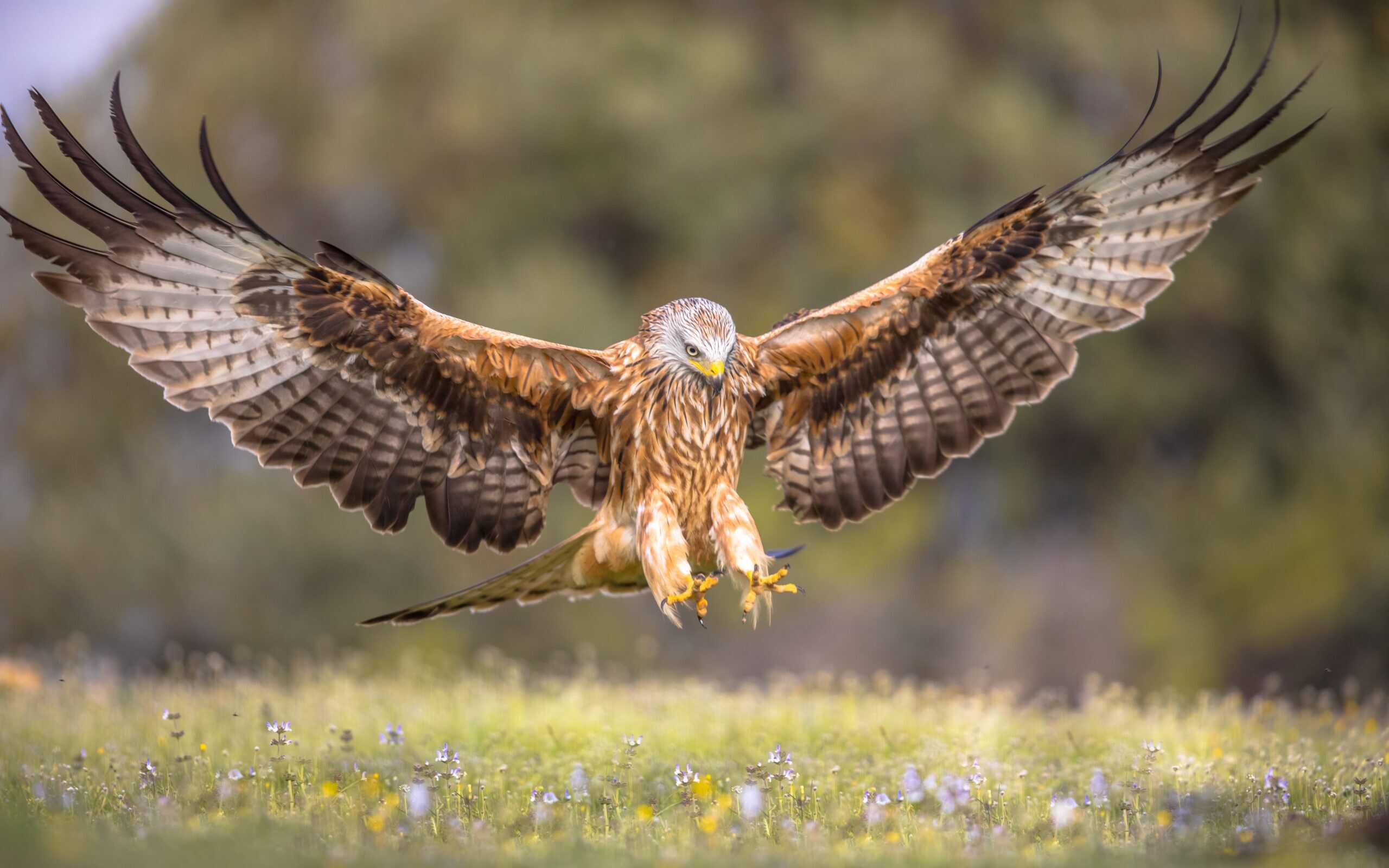
The Red Kite reintroduction in the United Kingdom is one of Europe’s most successful conservation stories. By the late 19th century, this graceful bird of prey was nearly extinct in the UK, with only a small population in Wales. In the 1980s and 1990s, reintroduction programs began using birds from Spain and Sweden. Today, Red Kites thrive across England and Scotland. Their population now numbers in the thousands, making them a common sight in many regions.
American Bison (USA)
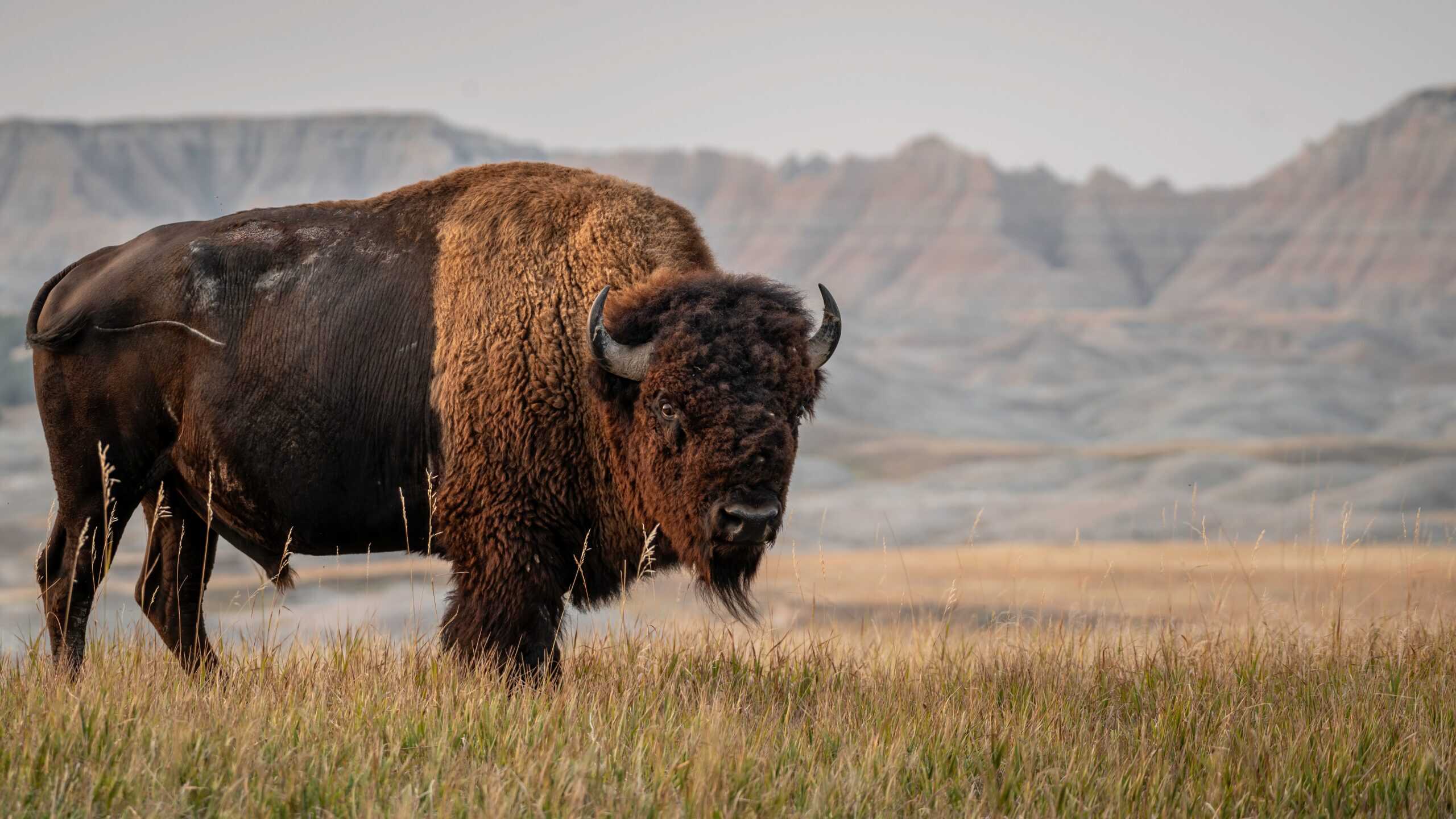
The American Bison reintroduction is a testament to North America’s conservation efforts. By the late 1800s, overhunting had reduced bison numbers to just a few hundred. Conservationists began breeding programs and established protected areas like Yellowstone National Park. Today, over 500,000 bison roam the plains and prairies of the USA. Their recovery has also supported the restoration of grassland ecosystems, benefiting numerous other species.
Bald Eagle (USA)
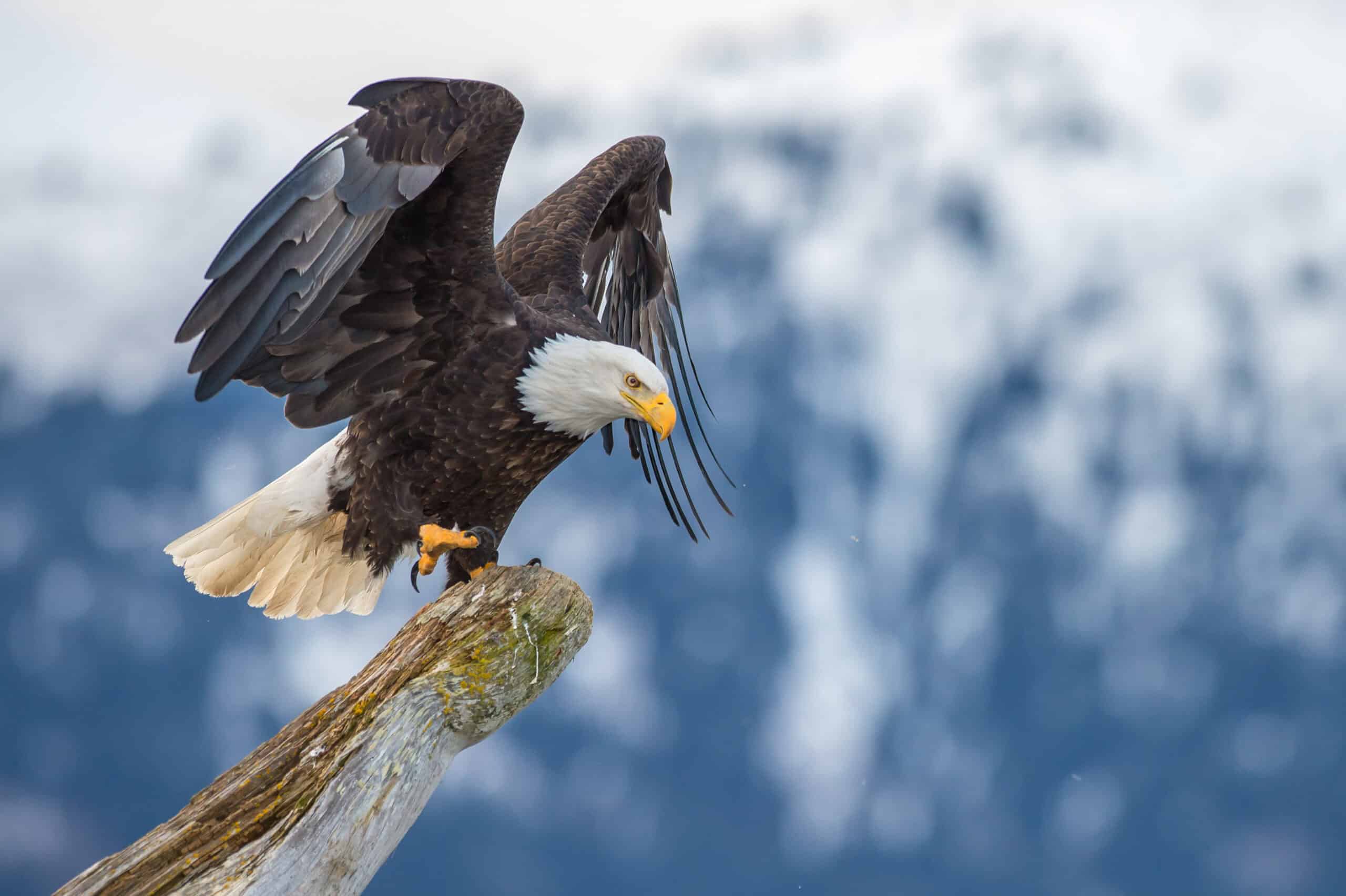
The Bald Eagle, America’s national bird, faced severe declines in the mid-20th century due to DDT and habitat loss. By the 1960s, only a few hundred pairs remained. Conservation efforts, including banning DDT and protecting nesting sites, led to the species’ recovery. Reintroduction programs helped boost populations in areas where they had disappeared. Today, over 70,000 Bald Eagles soar across the USA, symbolizing the success of wildlife conservation.
African Wild Dog (South Africa)
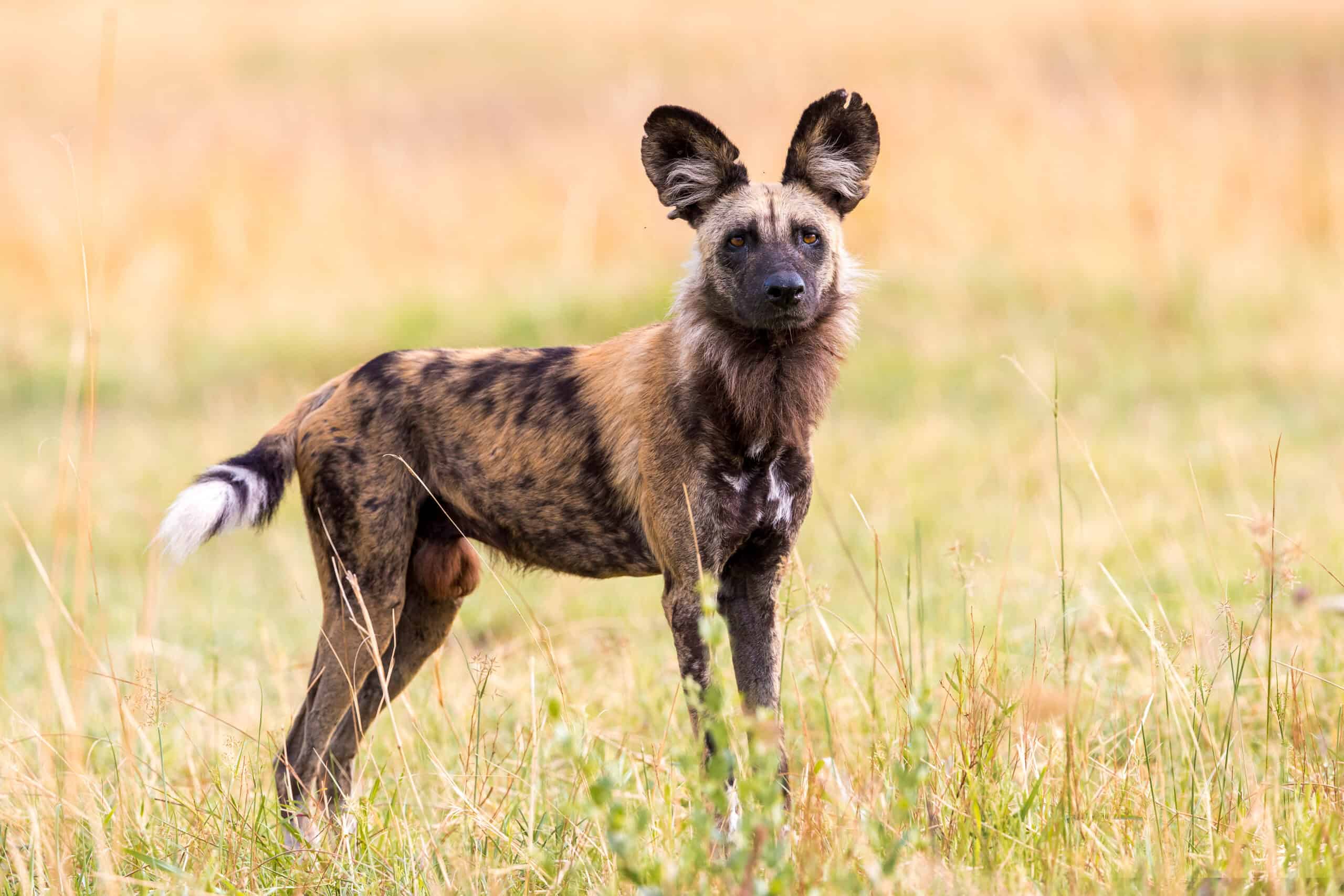
The African Wild Dog, also known as the Painted Wolf, has made a significant comeback in South Africa. Once widespread, these highly social predators faced near extinction due to habitat loss and persecution. In the 1990s, reintroduction programs began in protected areas like Kruger National Park. Today, over 500 African Wild Dogs roam the wilds of South Africa. Conservation efforts focus on managing genetic diversity and human-wildlife conflict.
Sea Otter (California, USA)
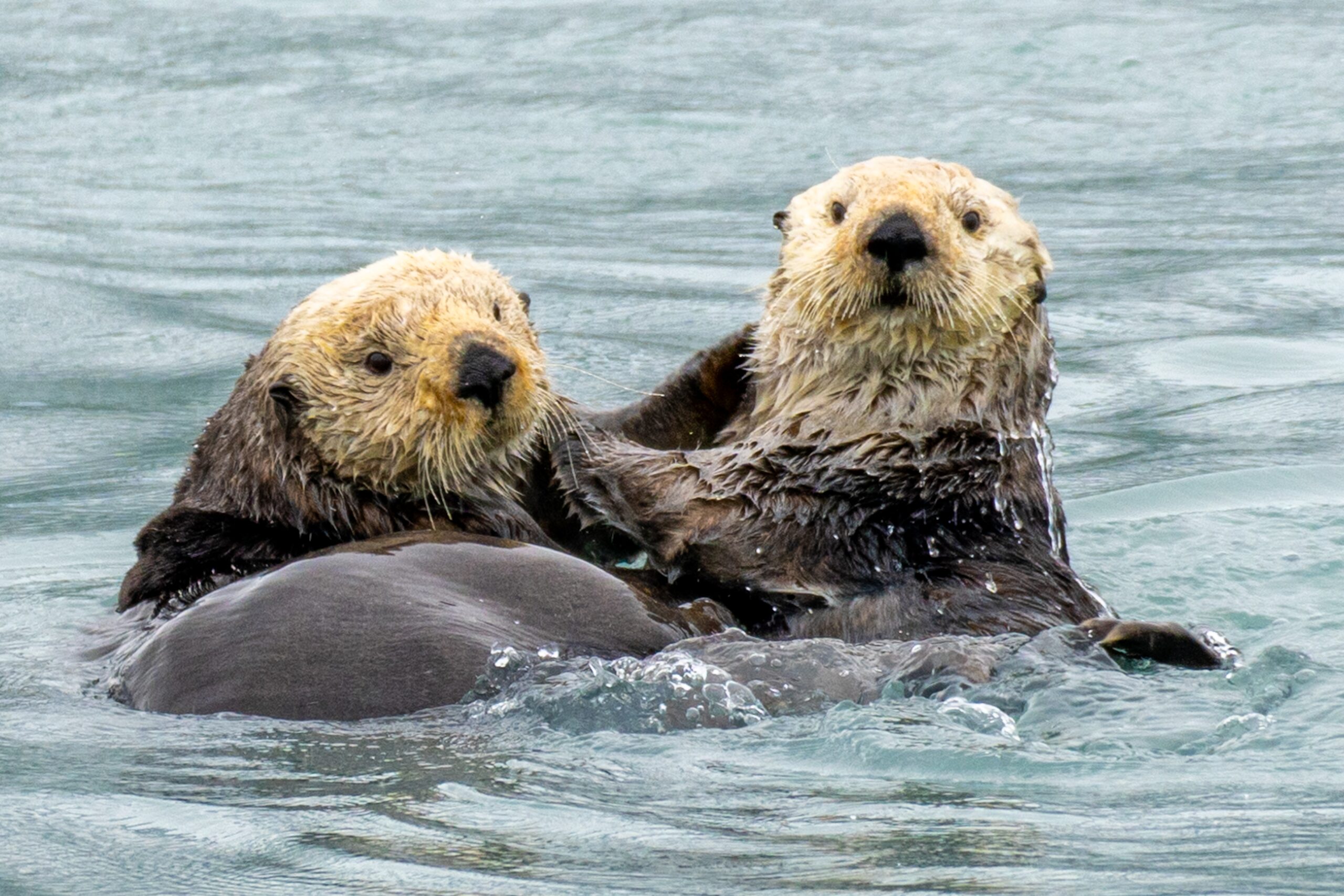
The Sea Otter reintroduction along California’s coast has been a key success in marine conservation. By the early 20th century, fur hunting had nearly wiped out the species. A small population discovered off the coast in the 1930s sparked reintroduction efforts. These efforts, combined with legal protection, allowed the population to grow. Today, around 3,000 Sea Otters thrive in California’s kelp forests, playing a crucial role in maintaining the health of marine ecosystems.
This article originally appeared on Rarest.org.
More from Rarest.org
1939 Mercury Dime Value Guide
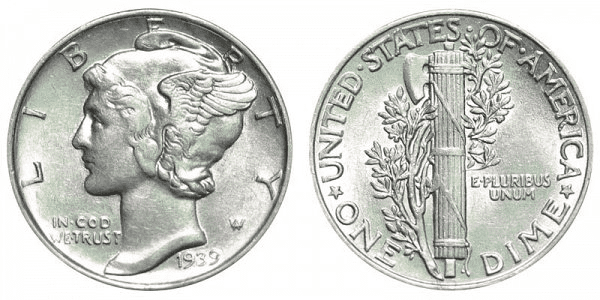
Despite its small size, the Winged Liberty Head dime, more commonly known as the Mercury dime, might be the most attractive coin the US Mint has ever made. Read More.
1941 Lincoln Penny Value Guide
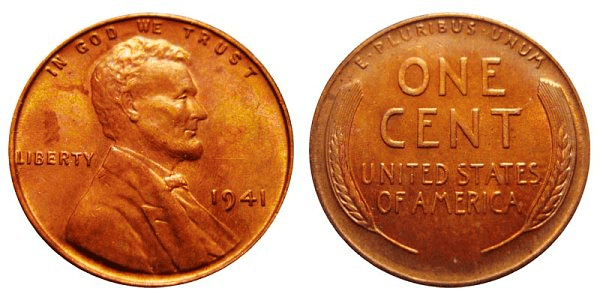
The 1941 Lincoln Penny is a one-cent coin having a face value of $0.01. The penny is made of 95% copper and 5% tin and zinc mixture. Read More.
20 Animals Saved by Captive Breeding Programs
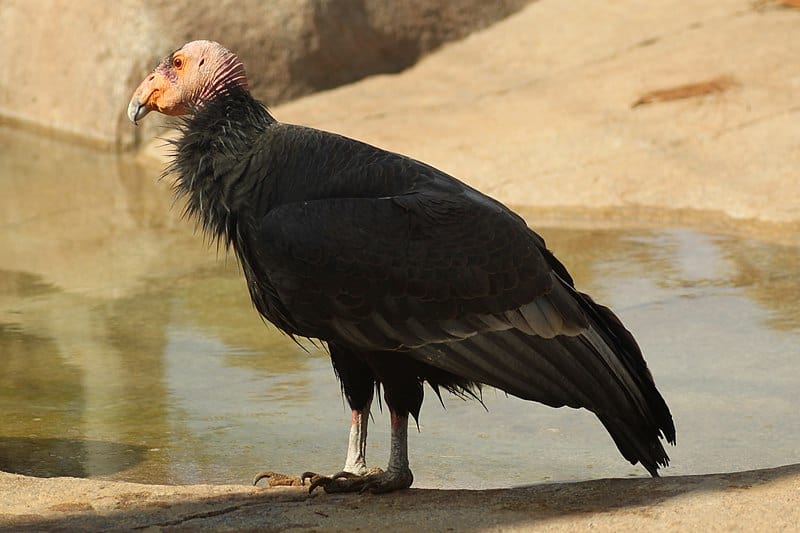
Captive breeding programs have played a crucial role in saving some of the world’s most endangered species from extinction. Read More.
